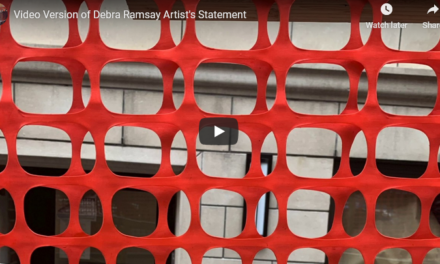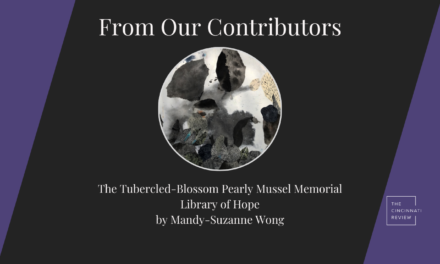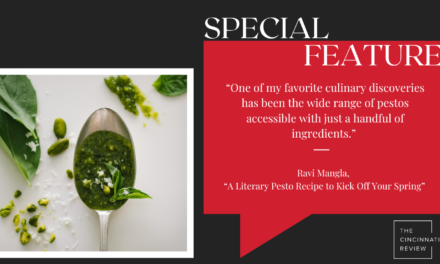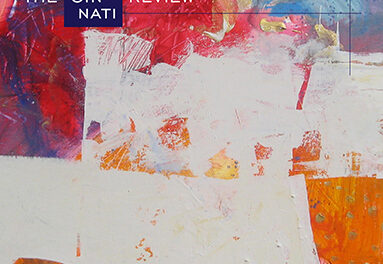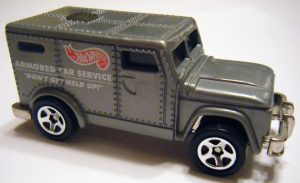 Our general reading period may be over, but that doesn’t mean our work is finished. Instead, we’re focusing on our summer contest, which is now open for submissions (submit!). Rumor has it that an armored truck, possibly filled with bees, will deliver the prize money in special-ops fashion, though we suspect it will probably be Nicola’s Honda, with her newest swarm in tow. If you enter, you may want to stock up on Kevlar and Benadryl.
Our general reading period may be over, but that doesn’t mean our work is finished. Instead, we’re focusing on our summer contest, which is now open for submissions (submit!). Rumor has it that an armored truck, possibly filled with bees, will deliver the prize money in special-ops fashion, though we suspect it will probably be Nicola’s Honda, with her newest swarm in tow. If you enter, you may want to stock up on Kevlar and Benadryl.
In the meantime, we’re still super-psyched about how well our new issue turned out! Check out what current contributors Craig Davidson, Vandana Khanna, and Jordan Windholz had to say about their work in these pages:
Craig Davidson: For one school year I drove a special needs bus. One day I awoke to find a flyer stuffed in my mailbox: SCHOOL BUS DRIVERS WANTED! NO EXPERIENCE NECESSARY! There was a number to call. I called it. This says no more about me than facts should indicate: namely, here was a man who had reached a point where he made life-altering decisions based on random papers shoved into his mailbox. I’m glad I did. I loved that job. I loved those kids. I knew nothing about, say, cerebral palsy or Fragile X or autism. It wasn’t really about learning anything, though—it was just great to be around those kids. I guess “The Burn” came out of that experience, in a way; like a magpie, I tend to cobble stories together out of my own life, albeit at a warped angle.
Jordan Windholz: “See How Small We Are When Perceived in Relation to George Washington’s Portrait” came out of my own frustration with the degree to which America’s civic ideals have been equated with its economic systems, as well as the degree to which American selfhood is measured against the dollar. On the one hand, the poem contemplates how America’s various economic systems have always determined selfhood—who was deemed to have it and who wasn’t—even as it attempts to re- or de-mythologize our most preeminent founding father. On the other hand, the poem is an elegy for the Washington we all seek to live up to—the one we hear about in our youth and the one who still, however spectrally, signifies the America that we all hope to achieve.
Vandana Khanna: “Starlet” began with my love of classic black-and-white films and with the women who inhabit them. I thought about all those expectations of beauty and perfection we have as an audience and how that gets transferred onto the screen, the characters and, in part, to the actresses themselves. The “eye” of the camera, of the audience, tries to define these women, but they aren’t ready to completely surrender. I like that.
The Cincinnati Review is available for order through our secure online form.


